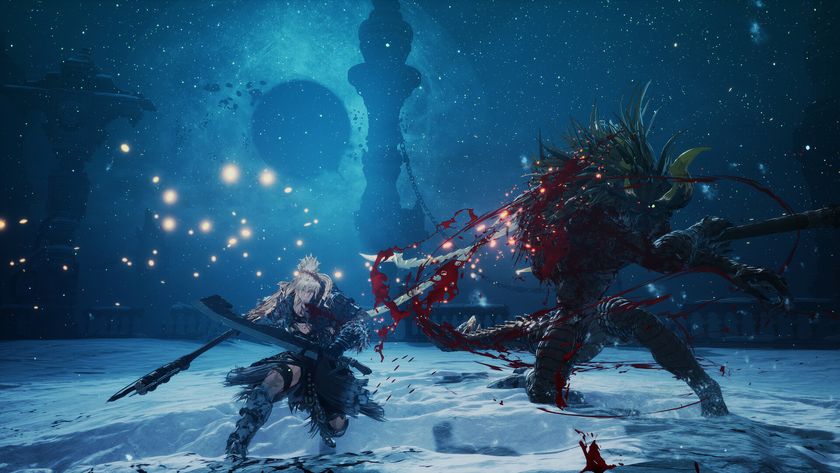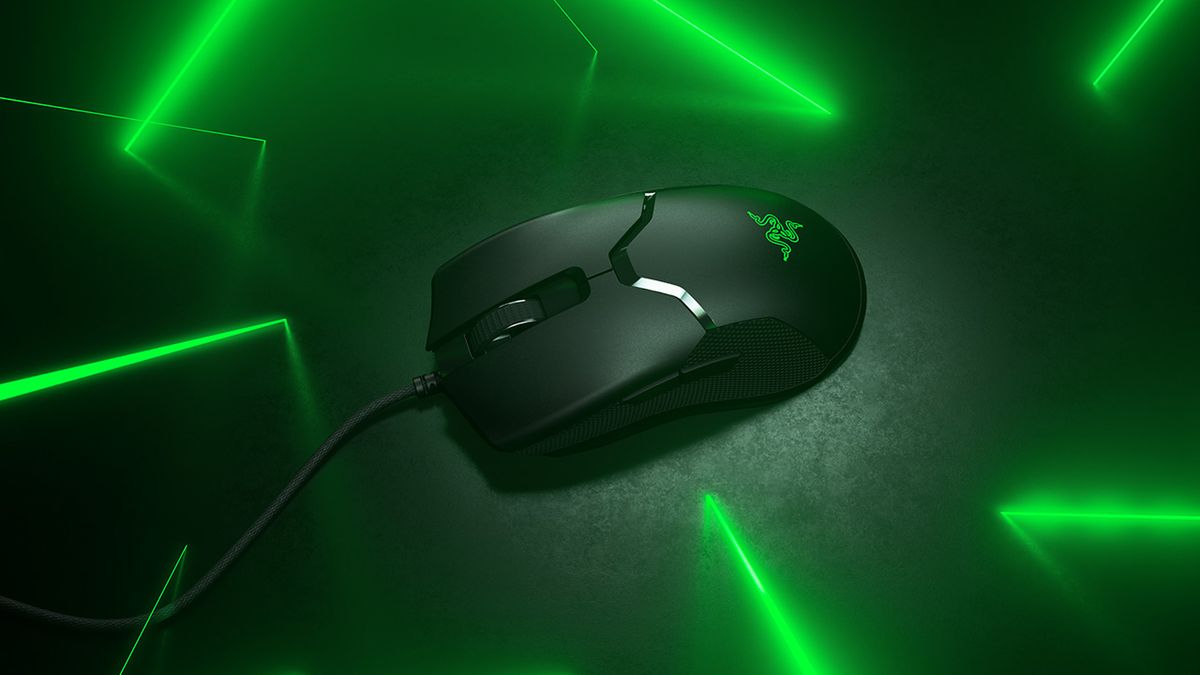12DOVE Verdict
Lightweight, responsive, and blisteringly fast - the Viper is one of Razer's best in years.
Pros
- +
Blazingly fast click
- +
Exceptionally light
- +
Responsive
- +
Comfy
Cons
- -
Not the prettiest
- -
Awkward DPI button placement
Why you can trust 12DOVE
Sometimes it’s only clear how far we’ve come when you spend a moment looking back, and that's definitely the case with the Razer Viper. A decade ago, getting anything beyond 3,200 DPI (‘dots per inch’, or how fast your cursor can move) was good going. Now we’re averaging ten times that kind of speed, and the Viper's just upped the ante again.
This new range - including the wireless Razer Viper Ultimate and the smaller, lighter Razer Viper Mini - aims to give us the most accurate sensor and the quickest click possible. It's a mostly successful effort. Designed with esports in mind and tested extensively by competitors, the Razer Viper is built to perform. In fact, it's easily the best gaming mouse for shooters and is a force to be reckoned with when used alongside the best gaming keyboard.
Features

Price: $79.99 / £79.99
Form factor: Ambidextrous
Connectivity: Wired (Razer Speedflex)
Buttons: 8
DPI: 16,000
IPS: Up to 450
Acceleration: Up to 50G
Sensor: 5G Optical
Switches: Razer Optical
Feet: 100% PTFE
Weight: 2.4oz (69g)
Tested on an Nvidia RTX 2080Ti-powered gaming PC
The Razer Viper's headlining feature would have to be its speed. That has a lot to do with weight - or lack of it. The standard model sits at a dainty 0.15lbs (69g), which is a whole lot less than the competition. This allows the mouse to glide effortlessly across your mouse pad with a minimal amount of force.
Secondly, the Viper has some noteworthy tech under the hood. Indeed, it packs a speedy 5G optical sensor and the capacity for up to 16,000 DPI.
The real stars are Razer's Optical Switches, though. The Viper is the first Razer pointer to feature them, and they allow for a damn-near instantaneous response upon clicking. How? Well, most mice use internal metal contacts to register your clicks, and that slows things down due to the technological jiggery pokery required for cleaning up the resulting signals. By contrast the Viper's Optical Switches don’t need physical contact at all. They utilise an infrared light beam instead that shoots an electrical signal straight to your computer. Basically, this means the Viper reacts fast. Very fast.
When combined with 8 programmable buttons and that ambidextrous design, you have a formidable device on your hands. In fact, it's arguably the best left-handed gaming mouse on the market.
Design
The Viper is something of a departure for Razer. Rather than the smooth, continuous shell you’ll be used to seeing on their other pointers, this has a more modular look. Split into sections and divided by a sizeable groove in the plastic, it gives the impression of a kit-bash. That won’t be to everyone’s tastes, and neither will the Viper's RGB branding. Here, that iconic Razer logo is hidden beneath a layer of plastic that's only visible when connected to your PC or laptop. It gives off the air of a prototype.

Still, this does provide a focused air - all other distractions have been stripped away. Actually, there’s a surprising lack of RGB tomfoolery here in general. That makes it a good choice for esports players who are more interested in performance than flash.
With that in mind, it's hard to criticise the design too much. It's tailor-made for peak performance. For example, the Viper's sides are made up of tiny rubber hexagons that provide a lot of grip, while the matte buttons are pleasant underhand. Equally, the braided Speedflex cable offers less drag than usual.
Performance
The result of these bells and whistles is impressive. In short, the Razer Viper handles exceptionally well. Its feather-light weight and optical sensors mean that your cursor flies across the screen at the slightest push, allowing you to have exceptional control in-game. Meanwhile, those Optical Switches result in lightning-fast clicks that are more than handy during a multiplayer firefight. They require very little force to actuate, too.
It’s plain satisfying to use as well. Even though the Viper isn't as comfortable as a dedicated left or right-handed mouse, it's not far off. Equally, the side buttons are cleverly positioned to ensure you won’t accidentally hit them during play. It’s a shame that the unused side buttons aren’t disabled as per the Corsair M55 RGB Pro, but that’s a small niggle in the grand scheme of things (and I guess it also means you could switch from a left to right grip at the drop of a hat).

The only 'major' issue I had with the Viper was its method of changing DPI mode. The button for doing so is located on the underside of the mouse without any clear labelling, and while that keeps it away from the specter of an accidental press, it's a nuisance to change on the fly. Considering the fact that there's a handy little cutout below the scroll-wheel where it could have gone (and wouldn't have been in the way), that seems like an odd oversight - particularly because swapping DPI up or down to suit your weapon seems perfect for an esports-focused mouse.
Overall - should you buy it?
The Razer Viper makes a lot of promises, but it manages to keep them all. This is a fast, responsive, comfortable, and exceedingly lightweight mouse that'll do the job very nicely. Even though a few quirks stop it from being a homerun, it's pretty fantastic otherwise.
For more Razer gear and advice, check out our guides to the best Razer mouse, Razer headsets, Razer streaming, and Razer laptops.

I've been writing about games in one form or another since 2012, and now manage 12DOVE's tabletop gaming and toy coverage. You'll find my grubby paws on everything from board game reviews to the latest Lego news.

PlayStation's cancelled reboot of its vehicular combat classic was reportedly a battle royale that let you exit the vehicles, for some reason

Steam Next Fest's biggest Soulslike is about to jump from PC to PS5 and Xbox, and everyone seems to love the demo just as much as we did

Keanu Reeves has a very blunt reaction to if he'd return for another John Wick movie: "The character's dead"
Most Popular



